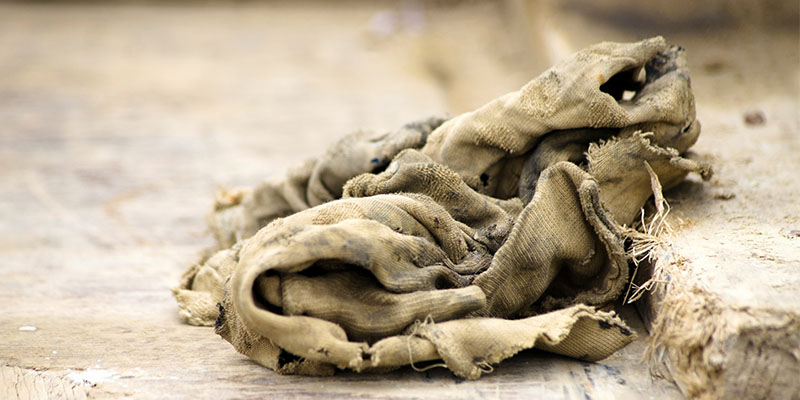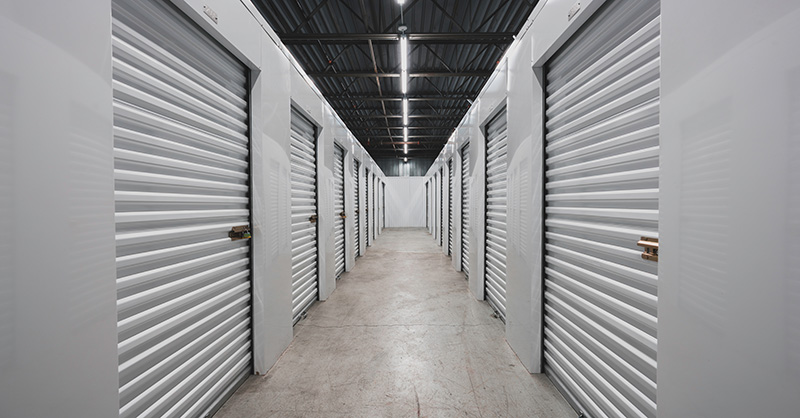Safe Handling of Oily Rags

Oily rags can spontaneously combust and catch fire, thereby igniting a building or other property and causing significant fire damage. Oily rags that get folded or balled up, tossed on the floor or in the trash, can begin the process of oxidation.
What Causes Spontaneous Combustion of Oily Rags?
As the oil is drying on the rag, it produces heat, and the warm air becomes trapped in the folds or balled-up portions of the rag. The rag then becomes a fuel source because it is often made of combustible material, and when combined with heat and oxygen, can create fire.
One example of this is a recent fire caused by ignoring basic housekeeping procedures at a senior housing center:
A flooring subcontractor was staining a floor as part of a renovation project. The oily rags that were used in the staining and cleanup were placed in a plastic bag in the area where the crew was working.
In this case, the oily rags spontaneously ignited. The fire, water and smoke damage combined for an estimated $400,000 in damages. The project was just two weeks shy of completion.
Proper storage and disposal of oily rags is one of those basic steps that, if not done correctly, can result in a large claim and possible tragedy.
How to Store Oily Rags?
Heat, oxygen and a fuel source are all it takes to start a fire. Remove just one of those from the equation, and there can be no fire. The following practices are intended to prevent the possibility of fire from oily rags.
- Oily rags need to be placed in a metal UL-listed rag storage container that is equipped with a self-closing lid and listed/approved for such use. The lid helps limit oxygen to a fire in the container in case the rags ignite. The containers can be easily found at several retailers.
- For somebody who uses oily rags on a daily or weekly basis, the waste container should be emptied by a private contractor.
- If your organization does not regularly generate oily rags, while the UL-listed container is greatly preferred, an acceptable substitute is a metal container that can be tightly resealed and filled with water. An oil paint can is a good example. The rags should be completely covered with a solution of water and an oil breakdown detergent.
- Besides contractors who may use paint or stains, other operations needing UL-listed rag storage containers include repair garages, furniture manufacturers, spray operations or any operation that may use a solvent and a rag to wipe up the solvent.
- Besides having the right containers, employee training is also needed to explain how and why to use these containers and the importance of emptying them regularly.
Regardless of the type of container, the best practice is to remove the container from the building at the end of the workday until it can be properly disposed of according to local environmental regulations.









